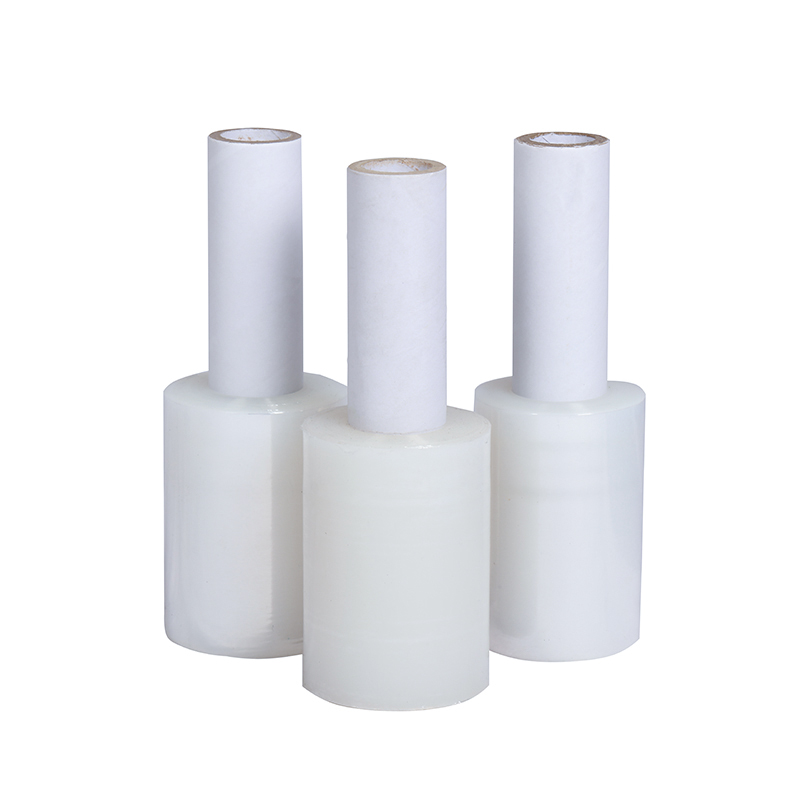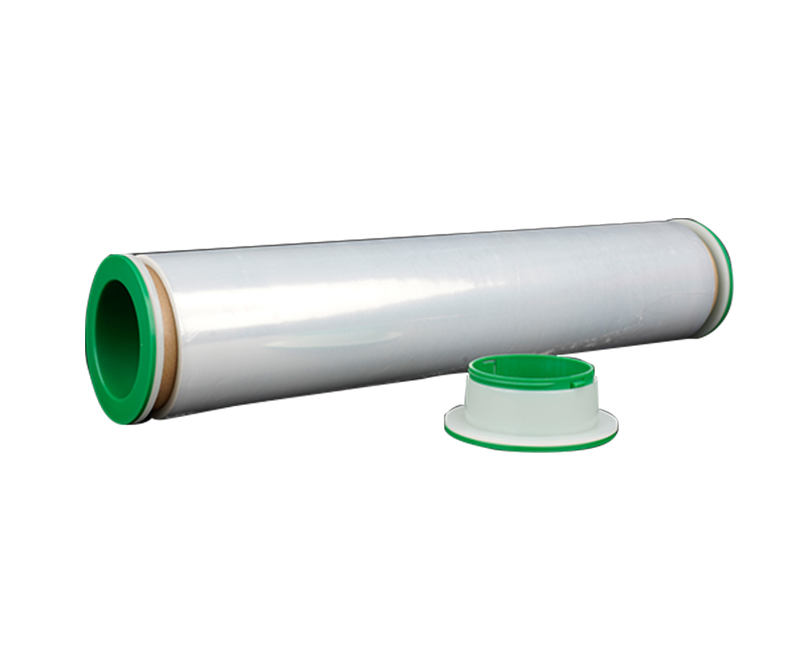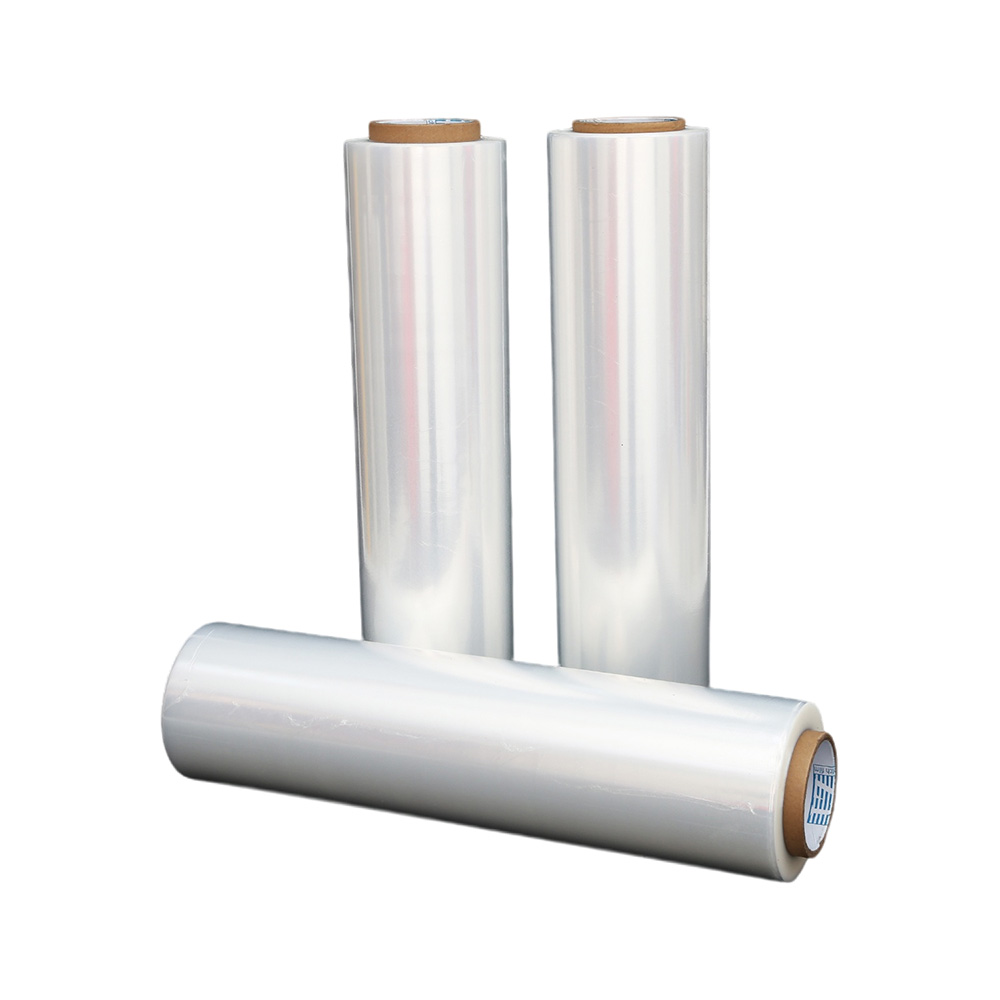Hand vs. Machine Stretch Film: Which Is Best for You?
Source:Hand vs. Machine Stretch Film: Which Is Best for You?Time:2025-06-10Visitors:
In the fast-paced world of logistics and warehousing, safeguarding products during transit and storage is paramount. That's where stretch film plays a crucial role, acting as an invisible shield that secures goods, prevents damage, and protects against dust and moisture. But a common question arises for many businesses: which application method is best—hand stretch film or machine stretch film?
This article will break down the differences, benefits, and drawbacks of each method. Our goal is to help you make an informed decision that optimizes your packaging processes, enhances product protection, and ultimately boosts your business's bottom line.
Hand Stretch Film: Flexible and Simple
Hand stretch film is the traditional way to wrap pallets. It's applied manually, often with a lightweight, handheld dispenser. These films usually come in smaller, lighter rolls, typically weighing 14-18 kg and measuring 200-400 meters in length. They generally have a lower stretch rate, around 75-150% elongation.
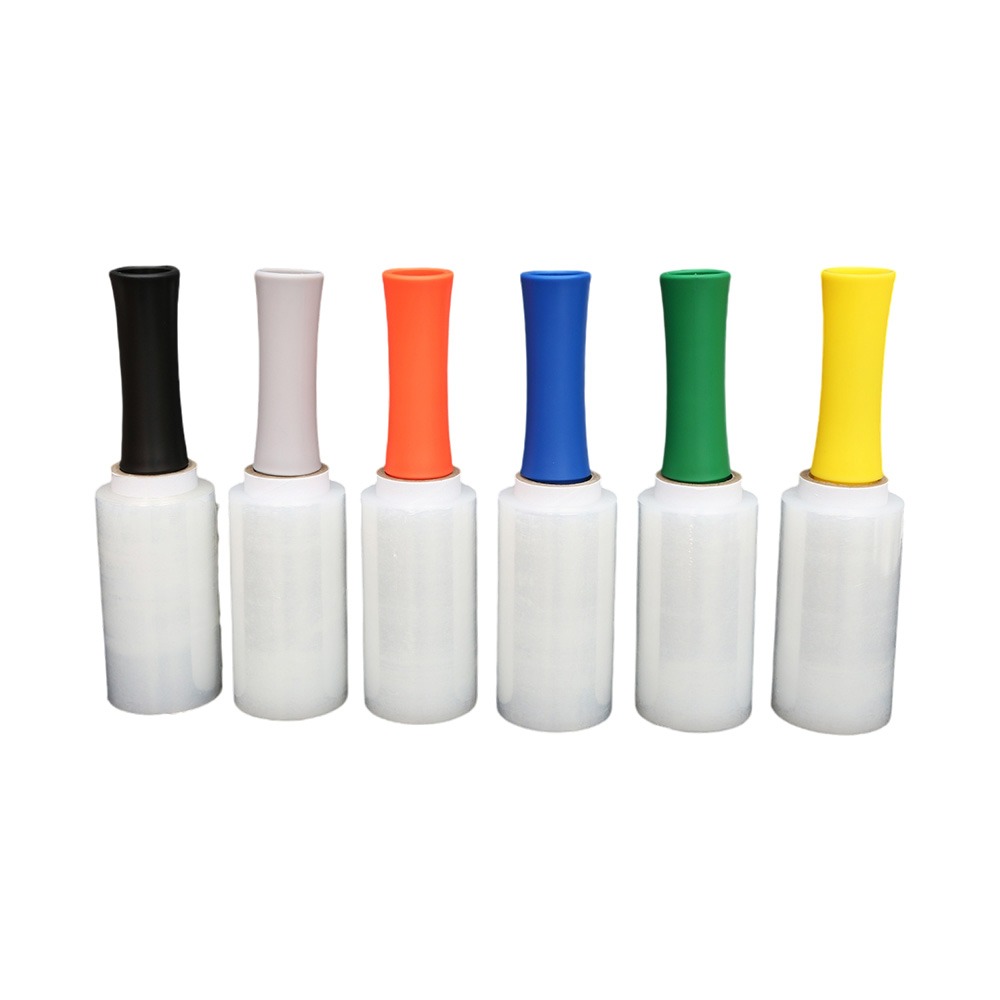
Why choose hand wrapping?
- Low Initial Cost: You don't need expensive machinery, making it an accessible option for startups or those with limited capital.
- Portability & Flexibility: Use it anywhere! It's perfect for varied load sizes, irregularly shaped items that need precise handling, or packaging done in multiple locations.
- Immediate Solution: Need to wrap something now? Hand film is quick to deploy for occasional or low-volume needs.
Where does hand wrapping fall short?
- Labor-Intensive & Slow: It's physically demanding and takes more time, leading to slower wrapping speeds, especially for higher volumes.
- Inconsistent Quality: The wrap quality depends heavily on the operator's skill, which can lead to uneven tension, less stable loads, and potential product damage.
- More Film Waste: Because it stretches less efficiently than machine film, you often use more film per pallet to get the job done, increasing material costs over time.
- Risk of Injury: Repetitive motions can lead to operator fatigue, back strain, and other workplace injuries.
- Higher Long-Term Labor Costs: For frequent wrapping, accumulated labor hours can quickly outweigh any initial film savings.
Hand stretch film is ideal for:
- Businesses wrapping fewer than 10-15 pallets per day.
- Small operations or those with infrequent shipping.
- Wrapping highly irregular or fragile items that require precise manual adjustment.
- Field operations or situations without access to power or machinery.
Machine Stretch Film: Efficient and Consistent
Machine stretch film is specifically designed for use with automated or semi-automated stretch wrapping machines. These machines come in various types, including turntable, rotary arm, or orbital wrappers. Machine films are larger and heavier, built to leverage the machine's capabilities for significantly higher pre-stretch—often reaching an impressive 200-500% elongation or more. This leads to remarkable film optimization and savings.
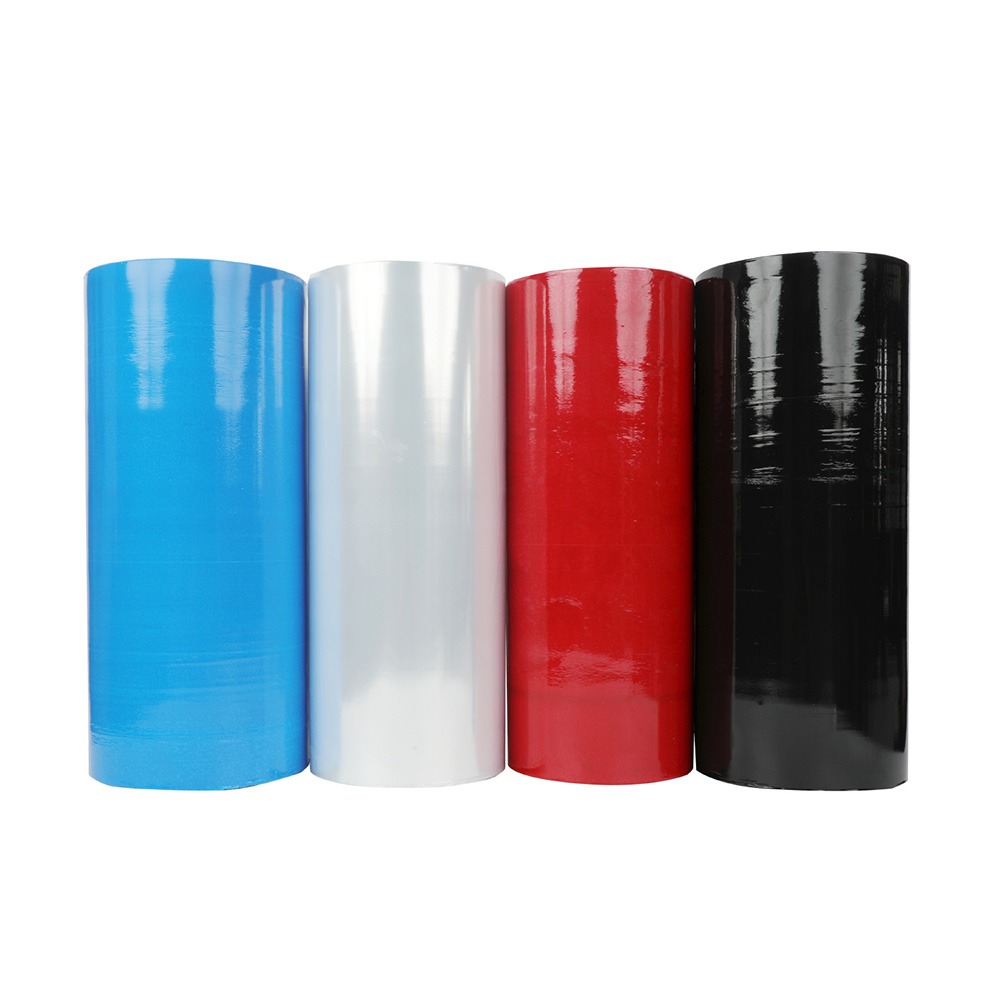
Why choose machine wrapping?
- Superior Efficiency & Speed: Machines wrap pallets quickly, boosting throughput and significantly cutting down packaging time.
- Optimized Film Usage: Machines stretch film to its maximum potential, leading to substantial material savings per pallet.
- Consistent & Reliable: Automated processes ensure uniform tension and wrap patterns every time, guaranteeing consistent load stability and protection, which in turn reduces product damage.
- Reduced Labor Costs & Increased Safety: Machines minimize manual effort, freeing up employees for other tasks and drastically lowering the risk of strain injuries.
- Professional Appearance: Creates a neat, professional-looking package, enhancing your brand's image.
- Programmable Settings: Modern machines allow you to customize wrap patterns, tension, and film layers for different load types.
Where does machine wrapping fall short?
- Higher Upfront Investment: The primary drawback is the cost of the machine itself, which can range from a few thousand to tens of thousands of dollars.
- Space Requirements: You'll need dedicated floor space for the machine.
- Maintenance: Like any equipment, machines require regular maintenance and occasional troubleshooting.
Machine stretch film is ideal for:
- Businesses wrapping 15 or more pallets per day.
- High-volume manufacturing, distribution centers, or logistics operations.
- Companies that prioritize consistent wrap quality, enhanced safety, and long-term cost reduction.
- Businesses looking to scale their packaging operations and achieve greater efficiency.
Hand vs. Machine Stretch Film: At a Glance
Making the Right Choice: Key Factors for Your Business
Choosing between hand and machine stretch film is a strategic decision that goes beyond just the initial price tag. To make the best choice for your operation, consider these critical factors:
- Your Wrapping Volume: This is often the most important factor. If you're consistently wrapping more than 10-15 pallets per day, a machine solution will likely offer substantial long-term benefits.
- Budget & ROI: Look past the immediate cost. Calculate the total cost of ownership, factoring in savings from reduced film usage, lower labor expenses, and decreased product damage over time.
- Load Characteristics: Consider the size, weight, stability, and uniformity of your typical loads. Uniform loads are generally ideal for machine wrapping.
- Labor & Costs: Evaluate the true cost of manual labor versus the efficiency and safety benefits of automation.
- Available Space: Do you have enough floor space for a stretch wrapping machine?
- Desired Wrap Quality & Security: How critical is consistent, high-level load containment for your products? High-value or fragile goods often demand the superior protection of machine wrapping.
- Future Growth: Choose a solution that can scale with your business to prevent future bottlenecks.
Conclusion
There's no single "best" answer when it comes to hand vs. machine stretch film. Both methods have their distinct advantages and disadvantages, making the right choice unique to each business's specific needs, operational volume, and long-term goals.
Ultimately, selecting the right stretch film solution is a strategic investment. It's about optimizing your packaging processes, enhancing product integrity, reducing operational costs, and contributing to overall business efficiency. By assessing your current operations, forecasting future requirements, and considering the total cost of ownership, you can make a decision that perfectly aligns with your company's success.
At Dongguan Zhiteng Plastic Product Co. Ltd., we understand these complexities intimately. With years of experience and advanced technology, we offer a comprehensive range of high-quality hand stretch films and state-of-the-art machine stretch films, engineered to provide superior load containment and efficiency for businesses of all sizes. We are committed to helping you find the perfect packaging solution to protect your products and optimize your operations.Recommended Products
Ranked in the same article
- how to use the stretch film technology to r
- How can we get detailed price list?
- Five common quality problems of PE protecti
- Plastic film degradation
- How to guarantee punctual shipment for our
- Gauge to Micron and Millimetre Conversion G
- What is the difference between stretch film
- Testing the permeability of stretch film
- Stretch film temperature requirements
- Electrical wire film VS electrostatic film
- Why insufficient transparency of stretch w
Latest news articles
- Stretch Film Wrap: Unraveling Its Benefits
- Bundling Stretch Film: Optimize Your Packag
- What Properties Ensure Effective Cold Chain
- The significance of using PE electric wire
- How to check the quality of PE stretch film
- Factors affecting viscosity of PE stretch f
- The 133rd Spring Canton Fair
- What is the Difference Between Magic Tape a
- Advantages of white engineering film
- How can PE stretch film be cut better?
- The Ultimate Guide to Choosing the Right Ma

